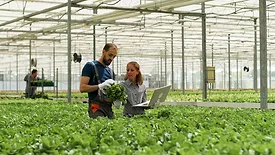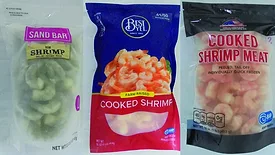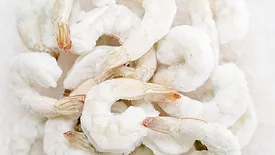Supply Chain
Surface Sanitation in Retail and Foodservice Establishments: Gaps in Terminology and Regulations
At the core of improper sanitation practices within retail foodservice settings is a lack of clarity in sanitation terminology and the standards in the Food Code
August 22, 2025
Never miss the latest news and trends driving the food safety industry
eNewsletter | Website | eMagazine
JOIN TODAY!Copyright ©2025. All Rights Reserved BNP Media.
Design, CMS, Hosting & Web Development :: ePublishing










